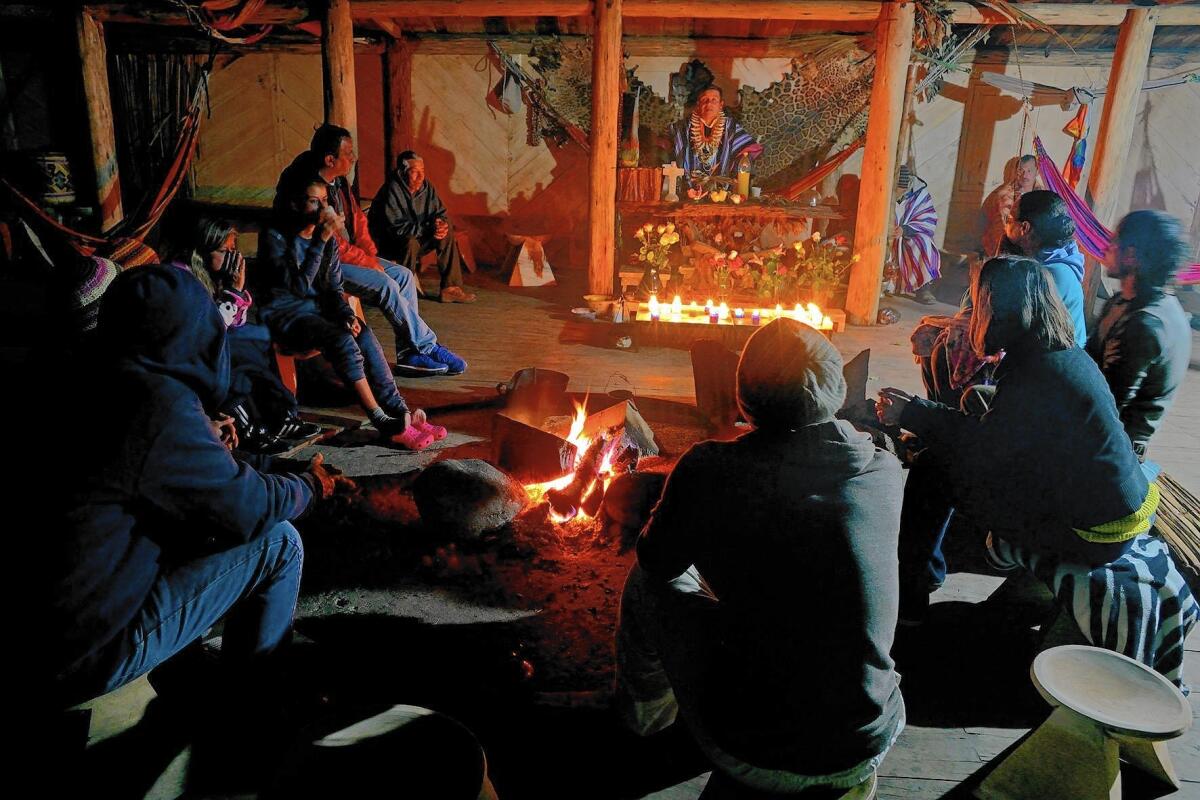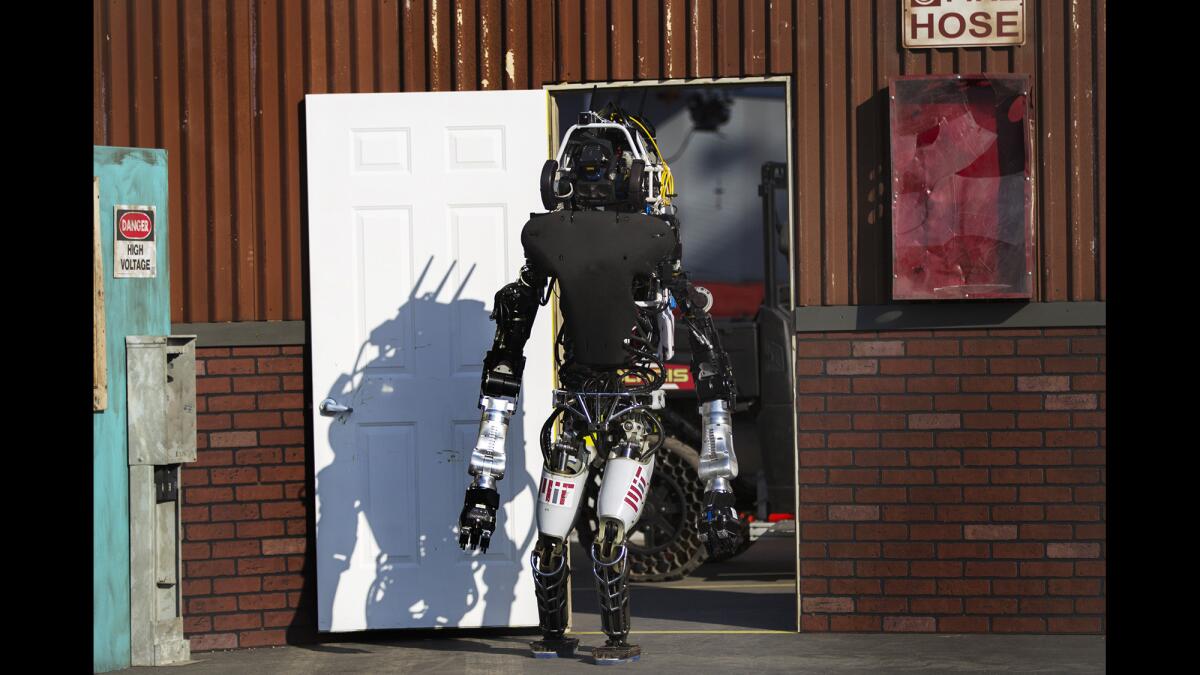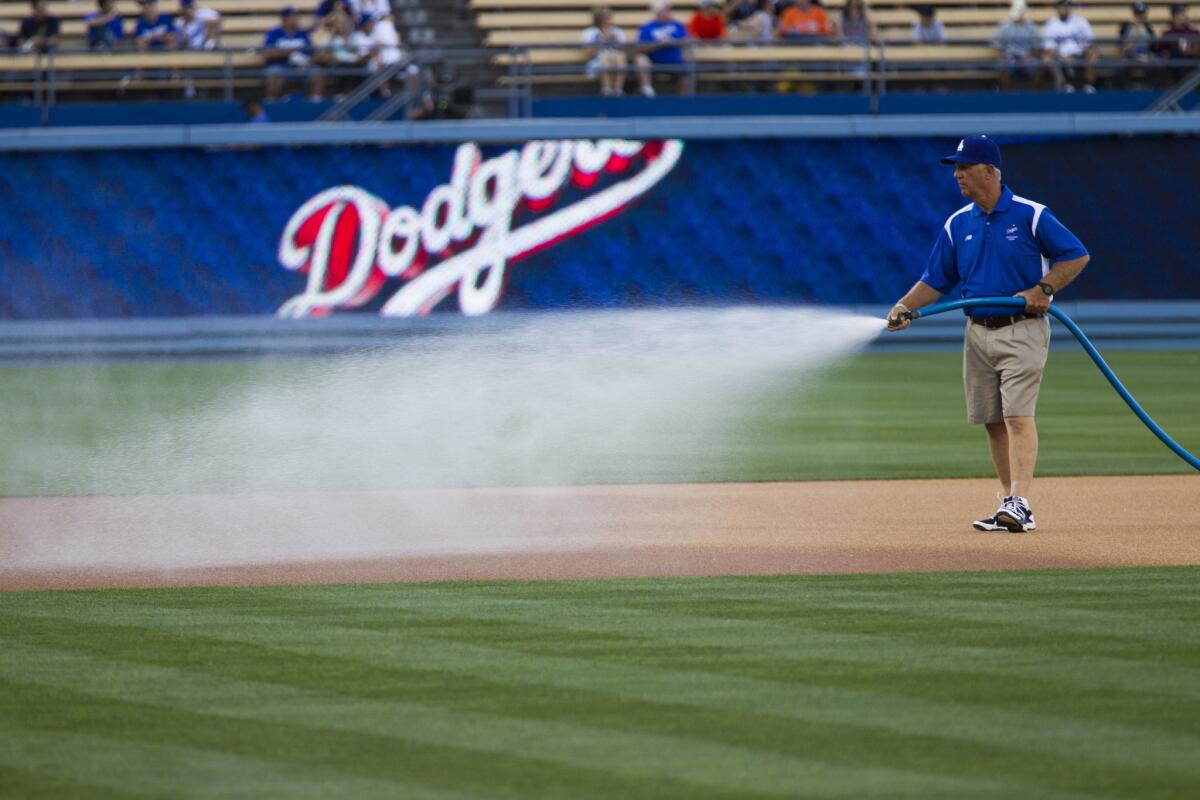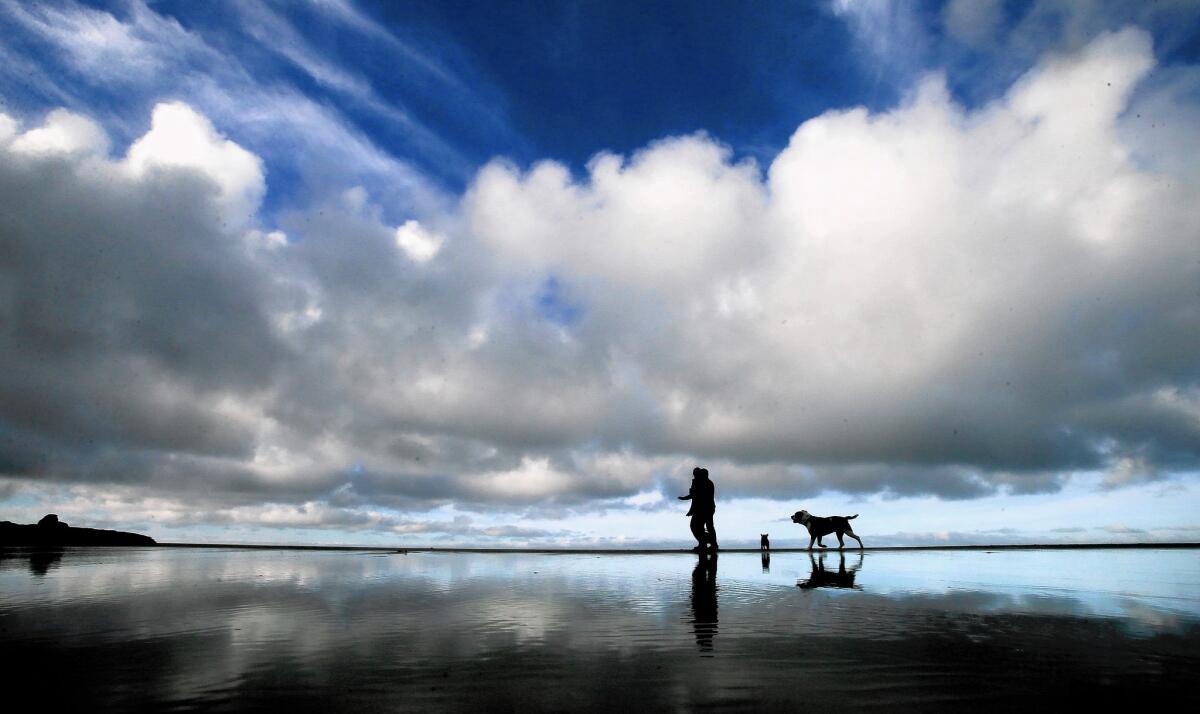Newsletter: Great Reads: Yage, robots and wall-to-wall verdure
Hello. I'm Scott Kraft, deputy managing editor of the Los Angeles Times, filling in for our Column One editor Kari Howard, who is on vacation for a couple of weeks.
Here were some of my favorite Great Reads from the week.
Stay thirsty, my friends
Six decades ago, the Beat writer William S. Burroughs wrote of the mind-expanding charms of yage (pronounced yah-hey), which he described as a "time travel" experience. He may have been on to something there. These days tourists following his footsteps come by the hundreds each year to a verdant, high-elevation plateau in southwestern Colombia to drink yage – and, ahem, take a little trip into corners of their mind. The taitas, who prepare the concoction in huts covered with snake and leopard skins, add a modern touch: They warn imbibers about the side effects (intense nausea and diarrhea). Ugh. But the payoff, as one puts it, is that "you will know secrets you have hidden away but also things you have never heard or spoken."

Shaman Juan Mutumbajoy addresses his visitors at a ceremony in Sibundoy, Colombia. He is about to administer yage, a concoction made from Amazonian vines that is also a hallucinatory drug.
Shaman Juan Mutumbajoy addresses his visitors at a ceremony in Sibundoy, Colombia. (Aldo Brando / For The Times)
Where there's a will …
The idea grew out of the Fukushima nuclear plant disaster in Japan. What the world needed, disaster officials there realized, was a robot that could go where no human dared. That robot also needed to be able to drive a vehicle. And drill holes. And turn valves. (And, importantly, not fall down.) Kind of like a real person, but tougher. So DARPA –- the Defense Advanced Research Projects Agency -– staged a contest with a $2-million prize. Welcome to one of the most unusual sporting events ever staged.

A robot built by a team at
A robot built by a team at MIT enters the door of the obstacle course and approaches its next task. (Gina Ferazzi / Los Angeles Times)
Is brown the new green?
This is the first of two pieces on the California drought that caught my eye this week. People in golf call it "the Augusta factor" – the expectation that every golf course will be wall-to-wall verdure. But when our sportswriter David Wharton walked the Sherwood Country Club with Jack Nicklaus (yes, Jack Nicklaus!) the other day, the great man talked of stripping away turf, high-efficiency irrigation and native plants. You know you're in a drought when Nicklaus says he's taking water management into consideration as he plans a massive course renovation. This story also takes us to Dodger Stadium, where new electronic sensors buried throughout the field send real-time data on moisture, temperature and salinity to target areas that need just a bit more and those that need just a bit less.

A member of the Dodger Stadium grounds crew waters the field before a game in April. New electronic sensors send real-time data -- moisture, temperature and salinity -- that tell when sprinklers have sufficiently drenched the soil.
A member of the Dodger Stadium grounds crew waters the field before a game in April. (Allen J. Schaben / Los Angeles Times)
Not so fast, you doomsayers
In an elegant essay, Tom Curwen takes us to the Santa Ana River, which flows nearly 100 miles across Southern California to the ocean. It is one of the best-managed water arteries in the state and a model for why the state might be able to answer "no" to those national headlines asking if this is "the end of California." The drought is serious, this story's experts say, but hardly a disaster. Water management in the state has always had to contend with a fractured landscape, long divided by history and geography, and years of clear and cloudless skies have only heightened antagonisms and spurred innovation. But, as this story points out, the case of the Santa Ana offers reason for hope.

Flowing 96 miles from its headwaters to the ocean, the Santa Ana River provides a glimpse of water management in the future. (Mark Boster / Los Angeles Times)
What I’m reading: Great Reads elsewhere
A powerful, unputdownable piece of literary journalism in the Detroit News: Laura Berman’s meticulous, beautifully written tale of the downfall of a Michigan oncologist and the state's largest private cancer practice.
A Texas Monthly piece takes us to Brenham, one of Texas' best-loved small towns, home of Blue Bell ice cream – and, thanks to a listeria outbreak, a community in crisis.
If you have an idea for a Great Read, please shout. I'm @LATimeskraft on Twitter and [email protected] on email.
Sign up for Essential California
The most important California stories and recommendations in your inbox every morning.
You may occasionally receive promotional content from the Los Angeles Times.








